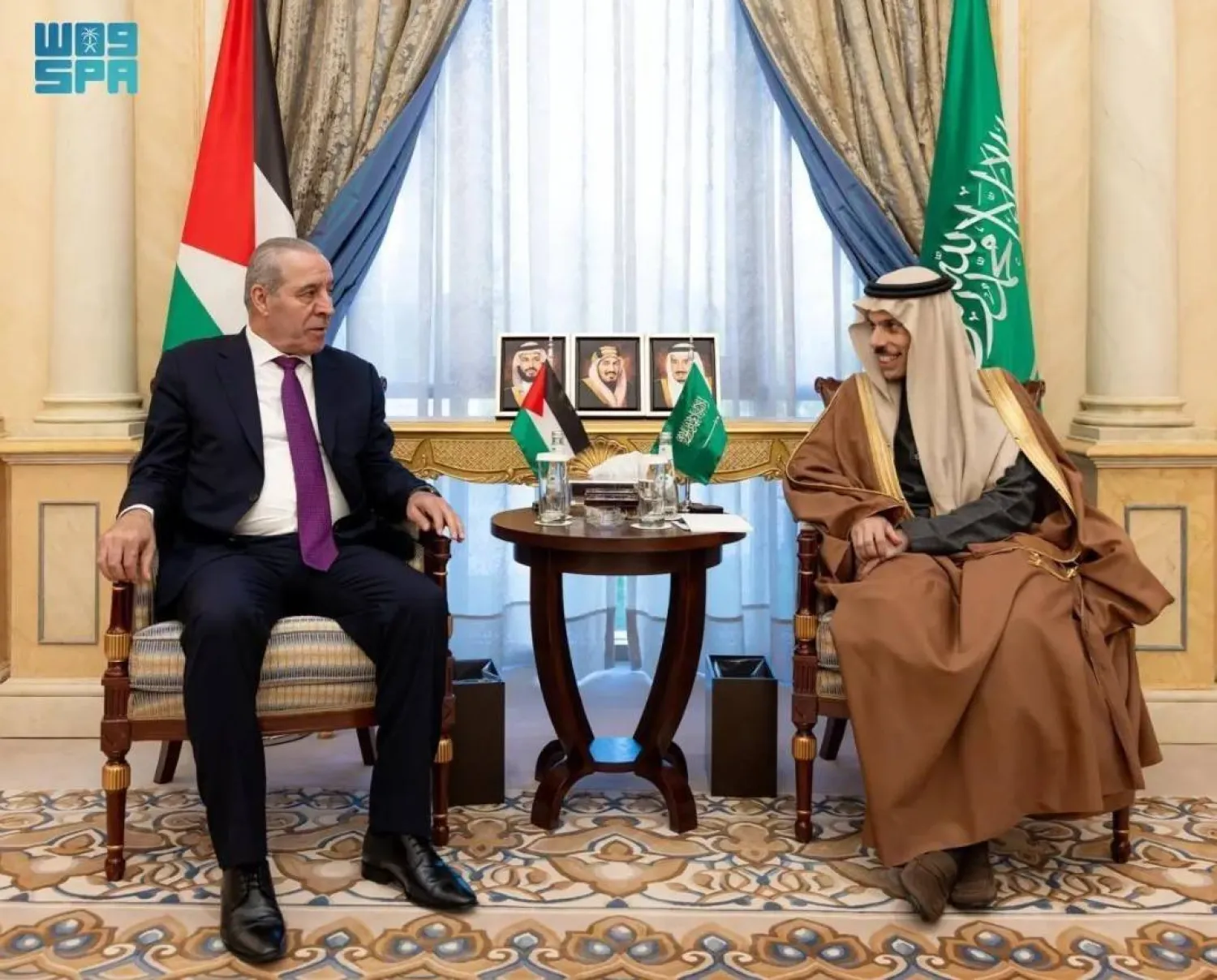Custodian of the Two Holy Mosques King Salman bin Abdulaziz Al Saud issued a royal decree that allows the cabinet to convene in the absence of both the king and the prime minister, Crown Prince Mohammed bin Salman bin Abdulaziz, SPA reported on Thursday.
In the absence of the king, the crown prince or his deputies, the cabinet would be chaired by the eldest member of the cabinet who is a descendent of founding King Abdulaziz Al Saud.
Cabinet decisions issued would be signed by the chairman, the royal decree added.









